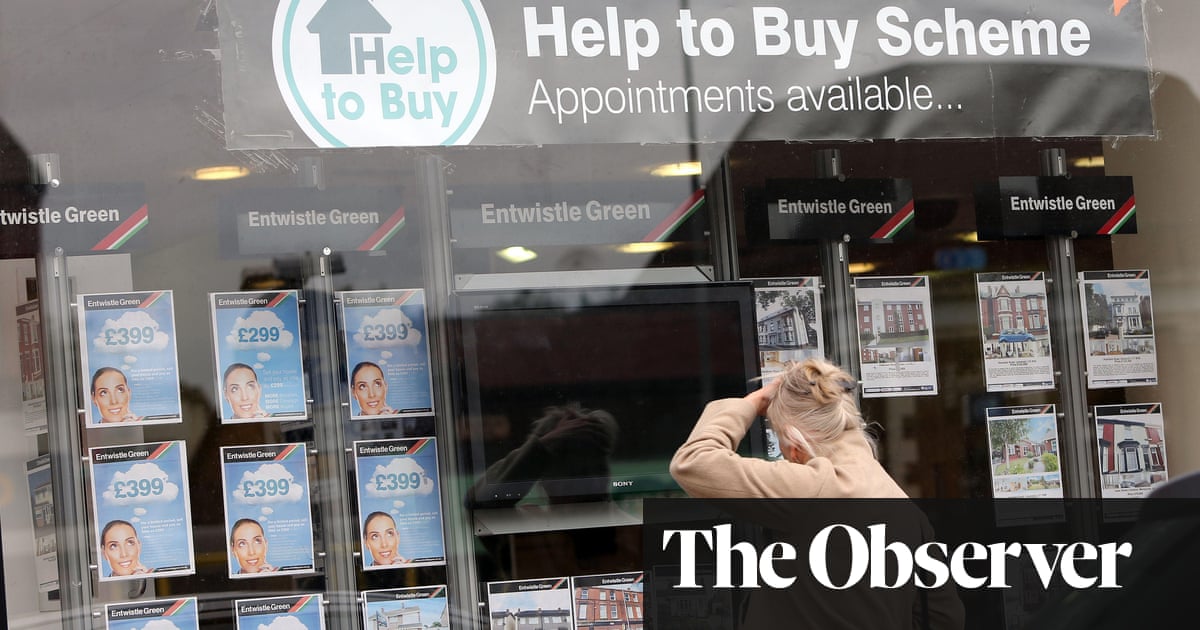
Shared ownership is one of the government assistance schemes for those priced out of the open market. The other main one is help to buy. But if you are interested in the latter, get your skates on, as the scheme is closing in England soon, with 31 October the deadline for new applications.
Under help to buy in England, the government lends a buyer between 5% and 20% of the full purchase price of a newly built home, or up to 40% in London. The buyer needs to stump up a deposit of at least 5% of the property’s value. The great news for buyers is that there is no interest to pay on the government portion of your loan for five years.
The loan from the government also means you will need a smaller mortgage, which will be easier to afford. In London, those getting the full equity loan only need a mortgage of 55%.
The drawbacks? In year six you pay a monthly interest fee of 1.75% of the equity loan, and this will then rise annually by the consumer prices index inflation measure plus 2%. Given that the rate of inflation is currently 10.1%, that’s a frightening prospect for buyers today (although in five years’ time inflation may be tamed.)
Crucially, the amount you pay back is worked out as a percentage of the property’s market value at the time you choose to repay. So if the value of your home rises, so does the amount you owe on your equity loan. Equally, if the value falls, what you owe falls, too.
So which scheme is better? It’s hard to say – both offer buyers the chance to buy with only a 5% deposit. Help to buy is new-build only – but then so are most shared ownership properties. Help to buy gives you a 100% purchase but with huge exposure to interest rate rises. Shared ownership gives you less of the property but far more security than the open rental market and less risk of rampant rises in rent.












